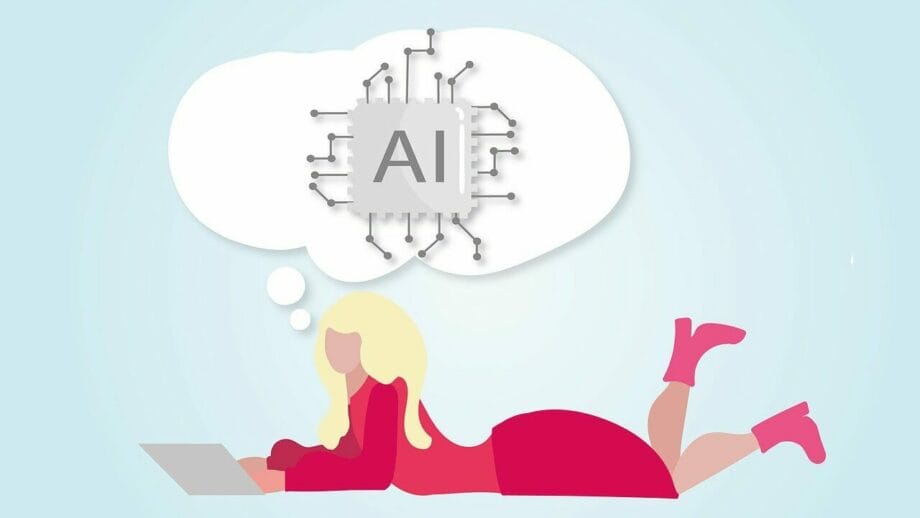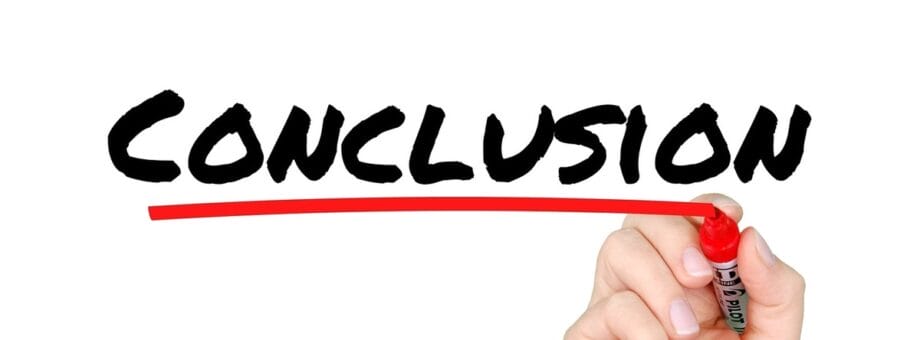In this digital age, there is no doubt that the availability and accessibility to large pools of knowledge have greatly improved our lives. But at the same time, this source of comfort has given rise to another scourge that affects all spheres of academia, journalism, and creative content creation – “Plagiarism”. As technology progresses, so is the mechanism for acceptance and others to detect plagiarism. A fascinating advance is the application of AI-based detector tools that can help fight against AI plagiarism, thus securing intellectual integrity within the sphere of artificial intellect.
Artificial Intelligence (AI) has become pervasive, and it is shaping the way we work, communicate with one another, and how we are interacting with our surroundings. Nevertheless, with the increasing pervasiveness of AI technologies comes an even greater risk for misuse and ethical problems. In the effort to deal with these challenges, a new line of defense has been born – the AI detector.
Amidst the era of Artificial intelligence (AI) domination, fears over ethical considerations in its application as well as impunity and misuse have led to the creation of revolutionary equipment – AI detectors. This sophisticated tool is intended to critically analyze, actively observe, and oversee responsible AI development processes in a wide array of domains. While we grapple with the challenges of life in a digital era, AI detectors have since made their presence known and are set to redefine ethical behaviors for AI applications.
Understanding AI Detectors
AI detector, therefore, is an advanced tool that allows for detecting artificial intelligence and analyzing its presence in different digital systems. These detectors use complicated algorithms, machine-learning models, and heuristic methodologies in order to identify the patterns of behavior or characteristics that are associated with AI technologies. Their ultimate purpose is to ensure transparency, and fairness and promote the ethical use of AI in the modern digital world whose realms continue to widen daily.
AI plagiarism takes place when algorithms, models, or code are replicated but altered slightly without proper attribution. However, it is almost impossible to detect cases of AI plagiarism manually due to its complexity and large quantities involved. This is where AI-based detection tools intervene; using complex algorithms and machine learning methods, they analyze and compare the work to identify possible cases of AI plagiarism.
Key Features and Capabilities

AI detectors possess numerous mechanisms and functionalities that make them highly effective in detecting, monitoring, and stopping AI plagiarism. Some of the key features include:
Pattern Recognition
AI detectors have a better pattern recognition technique that gives them the ability to recognize original signatures and attributes associated with various AI models. This can detect applications, chatbots, and systems powered by AI.
Such tools use a broad spectrum of methodologies to identify code, text, and image, and scan even within multimedia content. They use algorithms such as natural language processing (NLP), semantic technology, and pattern recognition to conduct analysis, comparing data against vast databases with patterns indicative of potential plagiarism.
One of the main benefits that AI-driven plagiarism detection software offers is being able to deal with a large amount of data in an effective and almost 100% accurate manner. They can burrow through extensive amounts of information, such as proprietary databases, academic journals, and open-source platforms to identify similarities that could escape human notice.
Algorithmic Scrutiny
AI detectors run meticulous scrutiny of the algorithms embedded in AI systems to help identify biased and discriminative patterns. This critical view is necessary to ensure equality and avoid unintentional damage from biased decision-making processes.
Privacy Protection
The emergence of AI solutions processing huge volumes of personal information increases the need for these types of detectors that foster compliance with privacy norms. They observe practices on how data are handled and whenever sensitive information is prone to unauthorized access or misuse.
Explainability and Transparency
One of the key dimensions to address in ethical AI is, by all means, to comprehend and provide rationale for decisions that are made by AI systems. AI detectors help to advance transparency as they look within the AI algorithms, allowing developers and consumers to better understand decision-making processes used for generating outcomes.

Continuous Monitoring
“In the presence of AI detectors, continuous monitoring functions as a silent watchman in stealth no anomaly goes unnoticed or unattended.”
A quote by ZeroGPT.
AI detectors work in real time, which allows for observing AI systems around the clock. This ensures that all amendments or adjustments in the algorithm are critically investigated hence no chance of accidentally introducing any bias or ethical issues.
In addition to that, those tools are constantly evolving through the use of machine learning. They learn from the identified cases of plagiarism – they adapt to new nuances and sharpen detection methods through practice. They become better at the detection of AI plagiarism even within indiscernible instances providing a great boost towards curbing intellectual property theft within the AI field.
These AI detector tools have implications that span far and wide. In educational circles, they are instrumental in enhancing the quality of research papers dissertations, and academic documents. These tools also help to maintain a high standard of academic honesty by spotting AI-generated content without proper citation, thereby protecting the credibility and integrity of scholarly work.
In the industry itself, AI tools for detecting plagiarism played an important role in saving proprietary algorithms and models from theft. Companies in accordance spend a lot of investment on AI innovation hence they need to ensure that their intellectual property rights are well protected, and these tools help in ensuring no replication or misuse.
Behavioral Analysis
AI detectors can separate human actions from artificial ones by the analysis of some peculiarities in digital entities’ behaviors. The occurrence of peculiar or inconsistent patterns tends to send alerts, which then causes inquisition on the kind of these activities.
Nonetheless, the use of AI detector tools also incorporates ethical issues in terms of privacy and data ownership. Because these tools will necessitate being connected to vast repositories of information, it is necessary that the privacy and security of sensitive information be maintained. Developing the appropriate combination of efficient plagiarism detection and protection of data privacy rights is still a challenge.
However, AI detection tools prove to be a step in the right direction for fighting plagiarism due to the use of AIs, but they also have their own constraints. It would be difficult for tools to handle the rapid evolution of AI models and algorithms since detection systems need constant updating due to creation and manipulation methodologies. Furthermore, the context in which content is used remains a challenge because certain cases of similarity do not necessarily indicate plagiarism but rather common knowledge or coincidence.
Applications of AI Detector Tools

The use of AI detector tools does not just stop at detecting plagiarism in the academic and industry realm but can be applied across different levels within the industrial world. These tools also have potential use cases in other fields, including:
Cybersecurity
In the scope of cybersecurity, AI detectors are very useful in identifying malicious attacks that have been driven by artificial intelligence including automated phishing campaigns together with malware and other cyber threats. This improves the discrimination power of potentially harmful activities against legitimate operations.
Social Media
AI detector is critical for the integrity of social media since AI-generated content and deepfakes have become abundant, cross-platform threats considered by many as major challengers to safe use on these platforms. This helps to fight against misinformation and keep the authenticity of digital conversations.
Business and Finance
Sectors such as finance are utilizing AI detectors for regulation and ethics purposes. They are able to find algorithmic bias, and other non-compliance activities and even detect abnormal use of AI in financial credit decisions.
Ethical AI Development
AI detectors also help ensure an ethical and responsible approach to developing and deploying all relevant technologies. Through the oversight of various AI applications and services, they foster compliance with ethical principles in order to curb undesirable outcomes arising from the use of biased or discriminatory algorithms.
Healthcare
In the health industry, AI detectors are critical in making sure that any diagnostic processes or treatment recommendations based on AI maintain ethical standards. This is of particular importance while earning the patient’s trust and protecting sensitive medical information.

Autonomous Vehicles
In view of the foregoing, AI plays a very important role in the development of self-driving cars and as such there is a need for AI detectors to evaluate how decisions are made by autonomous systems. This ensures that the lives of passengers as well as pedestrians are out of danger without a risk arising from the use of wrong inbuilt algorithms.
Human Resources
AI detectors help ensure fair hiring processes and analyze AI-based recruitment software. They also find and correct potential discrimination in relation to hiring procedures diversity, which in turn promotes significant support of equal employment opportunities for diverse groups of employees.
Education
In the education industry, AI detectors are used for supervising AI-driven learning systems. This guarantees that ed-tech is developed in an ethical manner and works towards equal opportunities for everyone’s learning.
Challenges and Future Developments
AI detectors have their limitations such as the high rate at which AI advances and keeps increasing the scope for threats, the adaptability of bad actors to bypass standards detection algorithms through carefully tailored attacks, or lackluster techniques that deliberately evade them requiring dynamic update cycles. Potential advancements will include the implementation of AI detectors into legislative systems that support a unified view on issues such as ethical implications and liability regarding AI.
Although AI detectors are a major step on the path to ethical AI, players such as the adaptability of malicious acts and international standards continue to be challenged. Further developments may include incorporating AI detectors into regulatory paradigms and promoting a worldwide perspective on the ethical deployment of AI.
Conclusion

To conclude, AI detector tools serve as an essential barrier to the spread of AI plagiarism and contribute greatly towards maintaining ethical limits in the digital arena by preserving intellectual property rights. In the future of AI, which lies in our path as technology leaps forward, this level of detail and refinement coupled with an ethical implementation strategy will be essential for ensuring a fairer and honest AI model.
With AI becoming the future, deploying AI detectors plays a big role in ensuring the safety of our digital space. These advanced tools help address the issue of responsible use of AI technologies and enhance transparency, accountability, and business practices that are ethical when incorporating artificial intelligence. As we go deeper into the intricate world of AI, there is no doubt that the role played by AI detectors can never be undermined when it comes to creating a safe and reliable digital environment.
The creation of AI detectors is an important milestone in solving ethical issues related to artificial intelligence technologies. Since society has advanced in its appreciation of AI, these detectors play some roles as an ethical body that ensures responsible development and deployment. However, AI detectors play a role in the landscape of an ethical future where algorithms are inspected, and privacy is preserved to ensure that operations carried out using artificial intelligence do not harm people.





